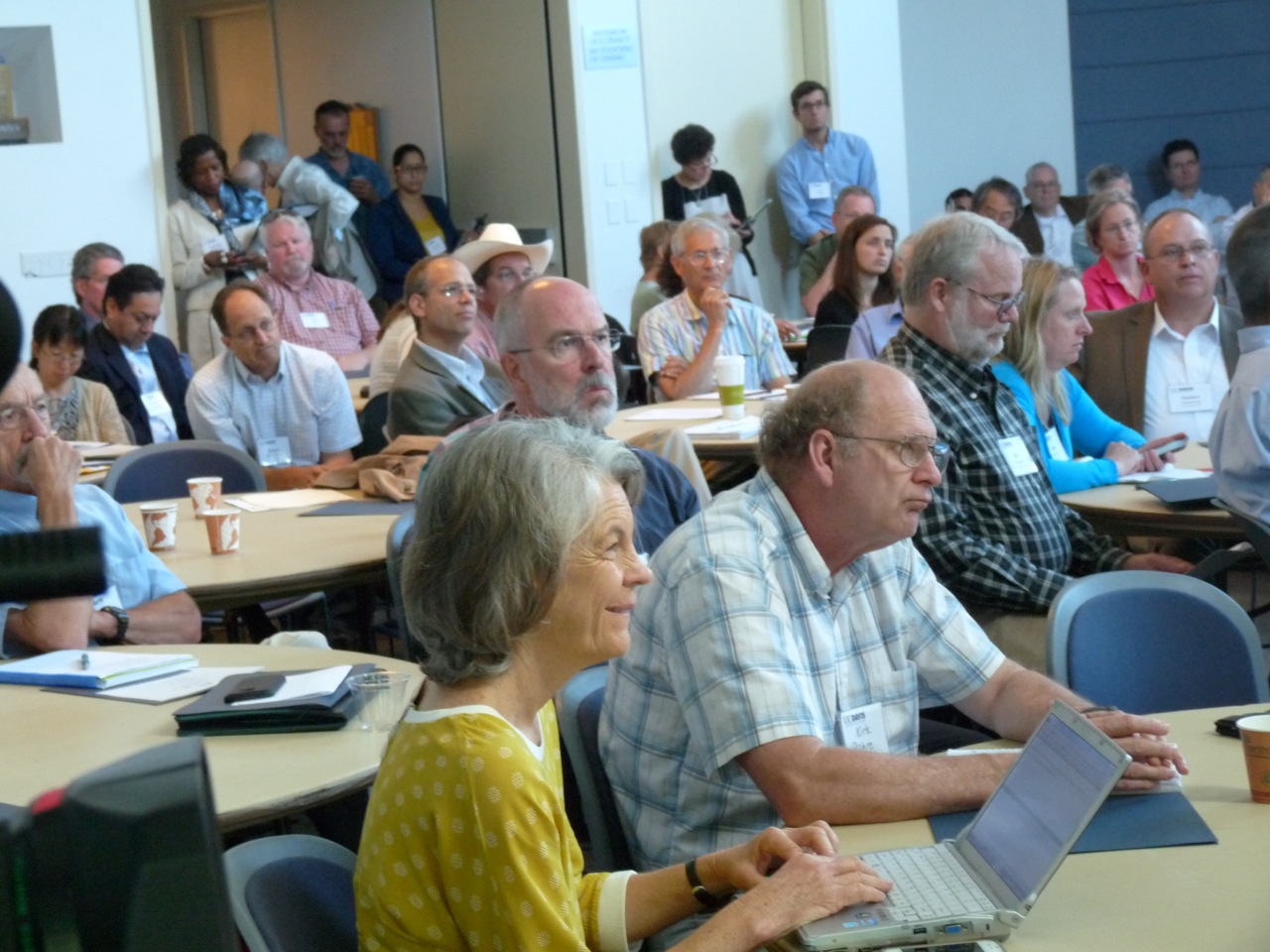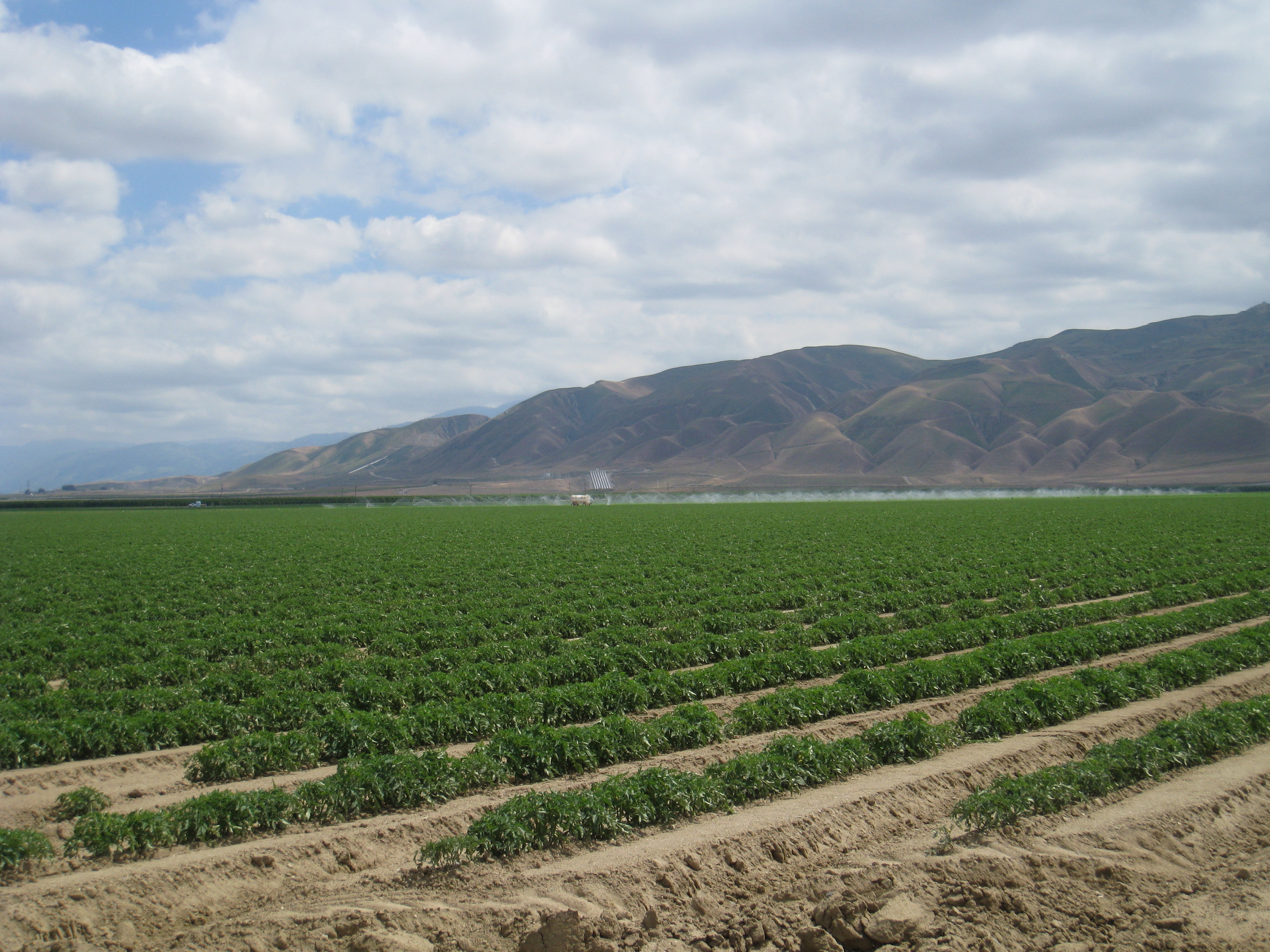Could more dryland farming be in California’s future?
By Todd Fitchette; Farm Press Blog
Slate.com’s “Thirsty West: The No-Water Way” is the latest in a string of popular press articles to suggest that California might be better off relying less on irrigated agriculture and more on dryland farming.
Generations ago, California settlers and residents established a system of water conveyance that allowed great cities like Los Angeles and San Francisco to be built and agriculture to flourish.
Modern irrigation paved the way for greater crop yields and the ability to feed a growing society that left the farm starting with the industrial revolution.
What would an article in the popular press be without a few gross misstatements, such as the oft-repeated meme that California agriculture uses 80 percent of the state’s water supply in an average year?
This is far from an average year. Still, agriculture typically uses about 43 percent of the water allotted while 46 percent is consumed by the environment. For California, that means much of that 46 percent is allowed to flow unimpeded to the Pacific Ocean.
Urban users consume the remaining 11 percent, according to the State of California.
With no surface water allotted to much of California agriculture this year, and the ever-shrinking ground water supplies, California agriculture will have a fraction of its typical annual supply of irrigation water for the few crops farmers can maintain.
We really do not know how much remains in underground aquifers, though it’s a safe bet to suggest “not enough.”
The premise behind dryland farming comes at a time when drought awareness has increased, though not entirely in practice as California lawns remain watered and cars are washed in driveways.
While dryland farming has its challenges, maybe it’s time for modern agriculture to consider the benefits of the water-thrifty practice and tackle the challenges with all the fervor of a sergeant told by his lieutenant “that can’t be done!”
While dryland farming is utilized to a small extent in California, its close cousin could be the no-till practices recommended by researchers Jeff Mitchell of the University of California.
Mitchell continually promotes the benefits of no-till and strip-till conservation practices that help hold in soil moisture and provide a host of other benefits to growers. He’ll readily admit there are challenges under California’s current farming systems.
While farmers elsewhere in the U.S. successfully employ the practice, California farmers seem reluctant to do the same.
Still, Mitchell works with California growers to employ conservation tillage practices that work and to transform machinery used in standard farming practices to achieve results.
Since Mitchell works with UC Cooperative Extension, his efforts move beyond the purely academic to the practical.
As California agriculture continues to seek ways to be as water thrifty as possible, and new technologies are developed to meet those ends, we need not be so quick to say “that won’t work” and instead embrace ideas that right now might only be a “what-if” conversation between a third-year undergrad and her college Ag professor.



















